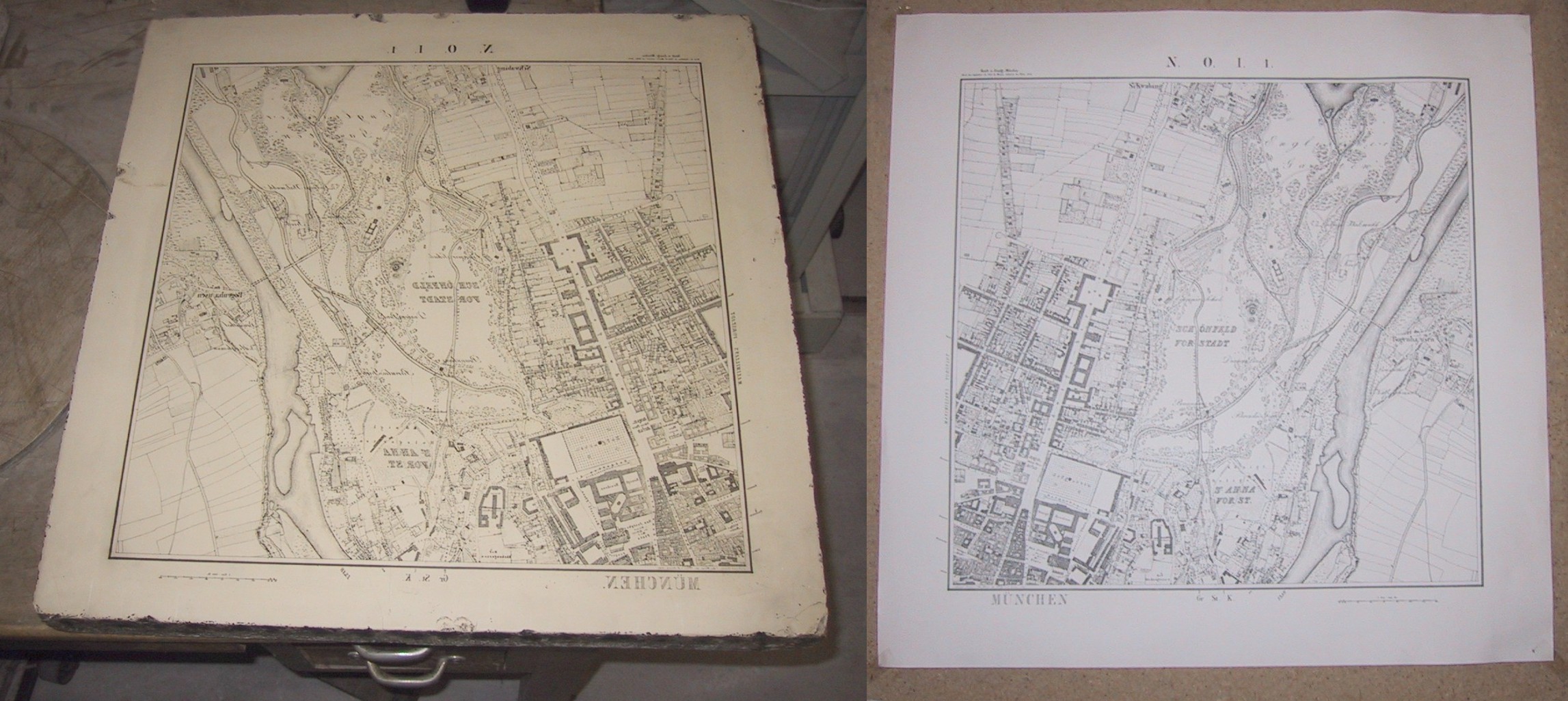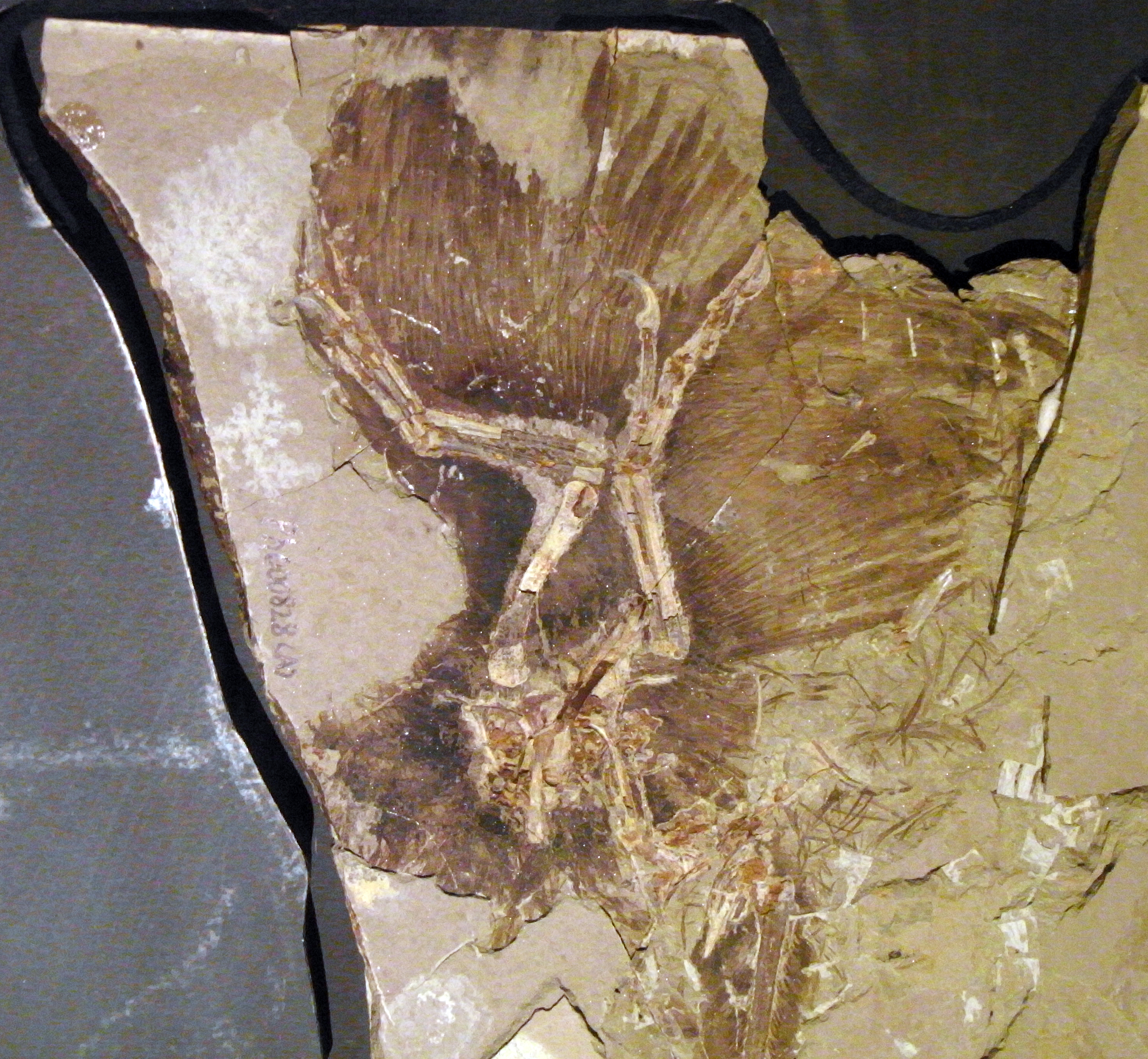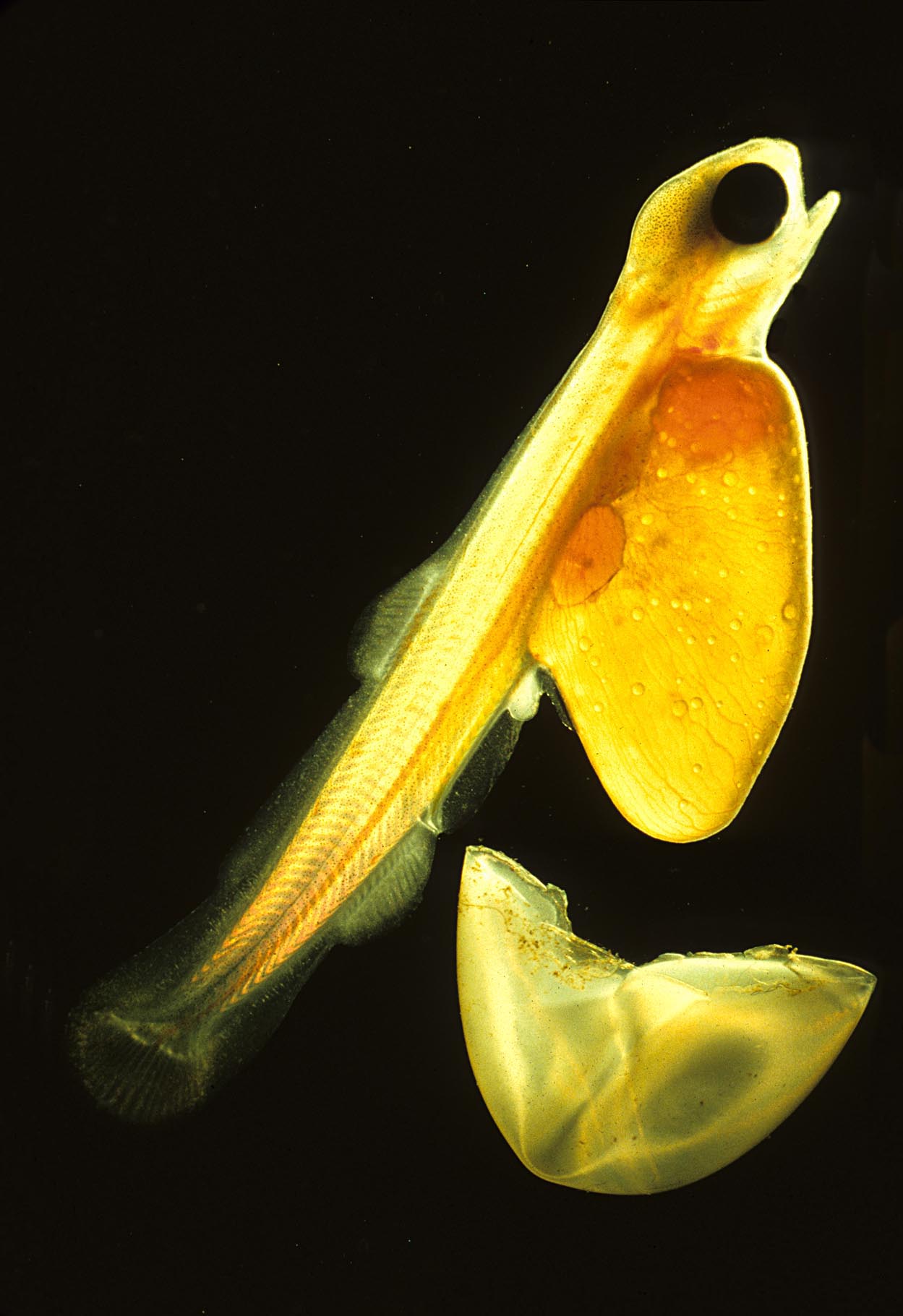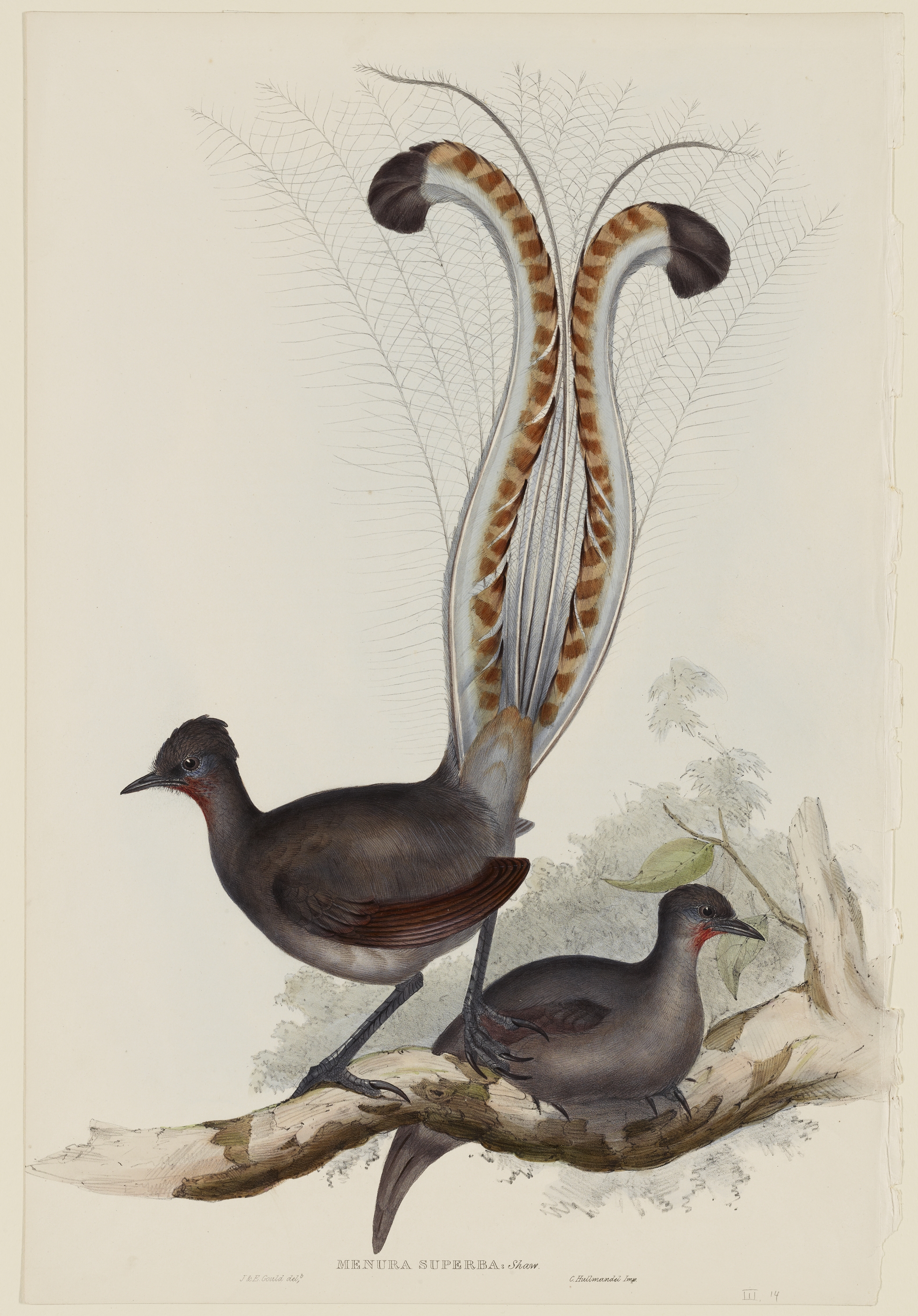|
Lanceolated Jay
The black-headed jay or lanceolated jay (''Garrulus lanceolatus'') is roughly the same size as its close relative the Eurasian jay, but a little more slender overall except for the bill which is slightly shorter and thicker. The top of the head is black and it has a more obvious crest too and a longer tail. It ranges from eastern Afghanistan eastwards, across the Himalayas, from India to Nepal and Bhutan. It occurs in wooded country with large areas of open ground rather than dense forest. It also occurs in some cultivated areas and even near villages as long as there are enough trees and scrubland nearby. It feeds both on the ground and in trees, and takes virtually the same wide range of plant and animal foods as its close relative, including eggs and nestlings, as well as scraps near human habitation. It nests in trees and suitable bushes and in this resembles the Eurasian jay in every respect. their nests are made of sticks plastered together with mud and lined with weeds an ... [...More Info...] [...Related Items...] OR: [Wikipedia] [Google] [Baidu] |
Lithograph
Lithography () is a planographic method of printing originally based on the miscibility, immiscibility of oil and water. The printing is from a stone (lithographic limestone) or a metal plate with a smooth surface. It was invented in 1796 by the German author and actor Alois Senefelder and was initially used mostly for sheet music, musical scores and maps.Meggs, Philip B. ''A History of Graphic Design''. (1998) John Wiley & Sons, Inc. p 146, .Carter, Rob, Ben Day, Philip Meggs. ''Typographic Design: Form and Communication'', Third Edition. (2002) John Wiley & Sons, Inc. p. 11. Lithography can be used to print text or images onto paper or other suitable material. A lithograph is something printed by lithography, but this term is only used for printmaking, fine art prints and some other, mostly older, types of printed matter, not for those made by modern commercial lithography. Traditionally, the image to be printed was drawn with a greasy substance, such as oil, fat, or wax on ... [...More Info...] [...Related Items...] OR: [Wikipedia] [Google] [Baidu] |
Pangot
Pangot is a village in the Kosiyakutoli tehsil of Nainital district in Uttarakhand, India, and a tourist destination at a height of 6,510 feet. Tourism Pangot Village is located about 13 kilometers from Nainital, which is a popular hill station. The drive to here passes through the forested area of Naina Peak Range via Himalaya Darshan & Echo Zone which are famous for Himalaya view of Nanda Devi series and Kilbury, which are birding spots. The main attraction of Pangot are its birds; around 580 bird species have been recorded in this area. One can see a variety of Himalayan species along the way such as lammergeier, Himalayan griffon, blue-winged minla, spotted & slaty-backed forktail, rufous-bellied woodpecker, rufous-bellied niltava, khalij pheasant, variety of thrushes etc. Almost 150 bird species have been recorded at Pangot and the surrounding areas. The numerous perennial & seasonal creeks are home to a variety of flora and fauna including leopards, yellow-throate ... [...More Info...] [...Related Items...] OR: [Wikipedia] [Google] [Baidu] |
Birds Of Nepal
Birds are a group of warm-blooded vertebrates constituting the class Aves (), characterised by feathers, toothless beaked jaws, the laying of hard-shelled eggs, a high metabolic rate, a four-chambered heart, and a strong yet lightweight skeleton. Birds live worldwide and range in size from the bee hummingbird to the common ostrich. There are over 11,000 living species and they are split into 44 orders. More than half are passerine or "perching" birds. Birds have wings whose development varies according to species; the only known groups without wings are the extinct moa and elephant birds. Wings, which are modified forelimbs, gave birds the ability to fly, although further evolution has led to the loss of flight in some birds, including ratites, penguins, and diverse endemic island species. The digestive and respiratory systems of birds are also uniquely adapted for flight. Some bird species of aquatic environments, particularly seabirds and some waterbir ... [...More Info...] [...Related Items...] OR: [Wikipedia] [Google] [Baidu] |
Birds Of North India
Birds are a group of warm-blooded vertebrates constituting the class Aves (), characterised by feathers, toothless beaked jaws, the laying of hard-shelled eggs, a high metabolic rate, a four-chambered heart, and a strong yet lightweight skeleton. Birds live worldwide and range in size from the bee hummingbird to the common ostrich. There are over 11,000 living species and they are split into 44 orders. More than half are passerine or "perching" birds. Birds have wings whose development varies according to species; the only known groups without wings are the extinct moa and elephant birds. Wings, which are modified forelimbs, gave birds the ability to fly, although further evolution has led to the loss of flight in some birds, including ratites, penguins, and diverse endemic island species. The digestive and respiratory systems of birds are also uniquely adapted for flight. Some bird species of aquatic environments, particularly seabirds and some waterbirds, ... [...More Info...] [...Related Items...] OR: [Wikipedia] [Google] [Baidu] |
Birds Of Pakistan
This is a list of the bird species recorded in Pakistan. The avifauna of Pakistan include a total of 792 species. The Chukar partridge, chukar (''Alectoris chukar'') is the official List of national birds, national bird of Pakistan, and the shaheen falcon is the symbolic icon of the Pakistan Air Force and Pakistan Avicultural Foundation, one bird is endemic. This list's Taxonomy (biology), taxonomic treatment (designation and sequence of orders, families and species) and nomenclature (common and scientific names) generally follow the conventions of ''The Clements Checklist of Birds of the World'', 2022 edition. The family accounts at the beginning of each heading reflect this taxonomy, as do the species counts found in each family account. Accidental species are included in the total species count for Pakistan. The following tags have been used to highlight several categories. The commonly occurring native species do not fall into any of these categories. *(V) Vagrancy (biology) ... [...More Info...] [...Related Items...] OR: [Wikipedia] [Google] [Baidu] |
Birds Of Afghanistan
This is a list of the bird species recorded in Afghanistan. The avifauna of Afghanistan include a total of 503 species, of which 4 have been Introduced species, introduced by humans. Of the species in Afghanistan, 46 species are globally threatened. This list's Taxonomy (biology), taxonomic treatment (designation and sequence of orders, families and species) and nomenclature (common and scientific names) follow the conventions of ''The Clements Checklist of Birds of the World'', 2022 edition. The family accounts at the beginning of each heading reflect this taxonomy, as do the species counts found in each family account. Introduced and accidental species are included in the total counts for Afghanistan. The following tags have been used to highlight certain aspects of each species. * (A) Vagrancy (biology), Accidental – a species that rarely or accidentally occurs in Afghanistan * (I) Introduced species, Introduced – a species introduced to Afghanistan as a consequence, dire ... [...More Info...] [...Related Items...] OR: [Wikipedia] [Google] [Baidu] |
Garrulus
''Garrulus'' is a genus of Old World jays, passerine birds in the family Corvidae. Taxonomy and systematics The genus was established by French zoologist Mathurin Jacques Brisson in 1760. The type species is the Eurasian jay (''Garrulus glandarius''). The name '' Garrulus'' is a Latin word meaning chattering, babbling or noisy. Species Three species are recognized: Former species Formerly, some authorities also considered the following species (or subspecies) as species within the genus ''Garrulus'': * Purple-winged roller The purple-winged roller (''Coracias temminckii'') is a species of bird in the family Coraciidae. It is endemic to the Sulawesi subregion in Indonesia and can be found on the islands of Sulawesi, Bangka, Lembeh, Manterawu, Muna and Butung. I ... (as ''Garrulus Temminckii'') References {{Authority control Bird genera ... [...More Info...] [...Related Items...] OR: [Wikipedia] [Google] [Baidu] |
Sattal
Sattal or Sat Tal () is an interconnected group of seven freshwater lakes situated in the Lower Himalayan Range near Bhimtal, a town of the Nainital district in Uttarakhand, India. During the British Raj, the area had a tea plantation, one of four in the Kumaon division, Kumaon area at that time. ''British Library'' The lakes sit at an altitude of 1370 metres below lush orchards in the Mehragaon valley. Set amongst dense forests of oak and pine trees, Sattal is one of the few unspoiled and unpolluted freshwater biomes in India. These lakes are a paradise for migratory birds. It is home to a few camps being operated mostly by local people catering to tourists looking for outdoor ... [...More Info...] [...Related Items...] OR: [Wikipedia] [Google] [Baidu] |
Uttarakhand
Uttarakhand (, ), also known as Uttaranchal ( ; List of renamed places in India, the official name until 2007), is a States and union territories of India, state in North India, northern India. The state is bordered by Himachal Pradesh to the northwest, Tibet to the north, Nepal to the east, Uttar Pradesh to the south and southeast, with a small part touching Haryana in the west. Uttarakhand has a total area of , equal to 1.6% of the total area of India. Dehradun serves as the state capital, with Nainital being the judicial capital. The state is divided into two divisions, Garhwal division, Garhwal and Kumaon division, Kumaon, with a total of List of districts of Uttarakhand, 13 districts. The forest cover in the state is 45.4% of the state's geographical area. The cultivable area is 16% of the total geographical area. The two major rivers of the state, the Ganges and its tributary Yamuna, originate from the Gangotri and Yamunotri glaciers respectively. Ranked 6th among the Top 1 ... [...More Info...] [...Related Items...] OR: [Wikipedia] [Google] [Baidu] |
Egg (biology)
An egg is an organic vessel grown by an animal to carry a possibly fertilization, fertilized egg cell (a zygote) and to egg incubation, incubate from it an embryo within the egg until the embryo has become an animal fetus that can survive on its own, at which point the animal hatches. Most arthropods, vertebrates (excluding live-bearing mammals), and Mollusca, mollusks lay eggs, although some, such as scorpions, do not. Reptile eggs, bird eggs, and monotreme eggs are laid out of water and are surrounded by a protective eggshell, shell, either flexible or inflexible. Eggs laid on land or in nests are usually kept within a warm and favorable temperature range while the embryo grows. When the embryo is adequately developed it hatches, i.e., breaks out of the egg's shell. Some embryos have a temporary egg tooth they use to crack, pip, or break the eggshell or covering. The largest recorded egg is from a whale shark and was in size. Whale shark eggs typically hatch within the m ... [...More Info...] [...Related Items...] OR: [Wikipedia] [Google] [Baidu] |
Elizabeth Gould (illustrator)
Elizabeth Gould, (; 18 July 1804 – 15 August 1841), was a British artist and illustrator at the forefront of the natural history movement. Elizabeth traveled and worked alongside her husband, naturalist and author John Gould. She produced illustrations and lithographs for ornithological works, including plates in Charles Darwin, Darwin's ''Zoology of the Voyage of H.M.S. Beagle, The Zoology of the Voyage of H.M.S. Beagle'' and the Goulds' seminal work, ''Birds of Australia (Gould), The Birds of Australia''. In total, Elizabeth is credited with at least 650 works. Life and artistic career Elizabeth was born on 18 July 1804 in Ramsgate, England to a military family. Little is known of her early life, however it is likely that Elizabeth underwent training in drawing and botany from a young age. In Victorian era, Victorian England, botany and natural history were part of the education of girls in middle-class English families. As Ann Moyal stated, "Cultivated women drew, walked, ... [...More Info...] [...Related Items...] OR: [Wikipedia] [Google] [Baidu] |
Bhutan
Bhutan, officially the Kingdom of Bhutan, is a landlocked country in South Asia, in the Eastern Himalayas between China to the north and northwest and India to the south and southeast. With a population of over 727,145 and a territory of , Bhutan ranks List of countries and dependencies by area, 133rd in land area and List of countries and dependencies by population, 160th in population. Bhutan is a Democracy, democratic constitutional monarchy with a King of Bhutan, King as the head of state and a Prime Minister of Bhutan, prime minister as the head of government. The Je Khenpo is the head of the state religion, Vajrayana Buddhism. The Himalayas, Himalayan mountains in the north rise from the country's lush subtropical plains in the south. In the Mountains of Bhutan, Bhutanese Himalayas, there are peaks higher than above sea level. Gangkhar Puensum is Bhutan's highest peak and is the highest unclimbed mountain in the world. The wildlife of Bhutan is notable for its diversi ... [...More Info...] [...Related Items...] OR: [Wikipedia] [Google] [Baidu] |










